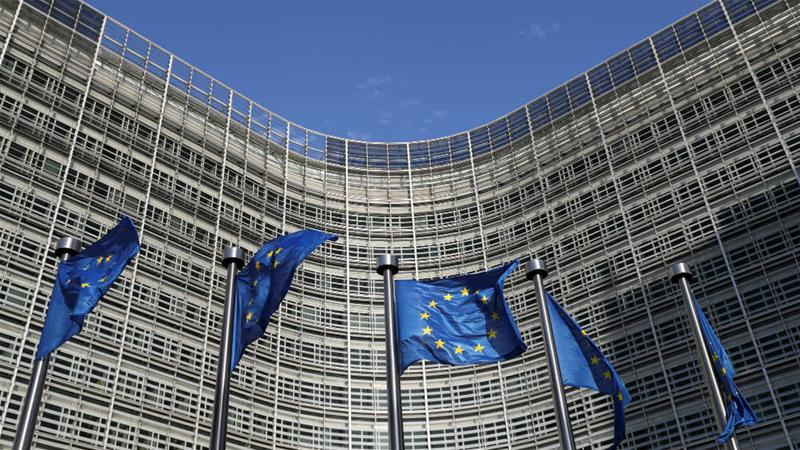European Defence Fund: €205 million to boost the EU’s strategic autonomy and industrial competitiveness
The Commission announced today 16 pan-European defence industrial projects and three disruptive technology projects that will benefit from €205 million financing through the two precursor programmes of a fully-fledged European Defence Fund: the Preparatory Action on Defence Research (PADR) and the European Defence Industrial Development Programme (EDIDP).
Margrethe Vestager, Executive Vice-President for a Europe Fit for the Digital Age, said: “The European Defence Fund will enable spending better by spending together, thereby reducing fragmentation and inefficiencies. The successful results of its precursor programmes, announced today, show the great potential that exists in cooperation between defence industries large and small, and from across the EU.”
Thierry Breton, Commissioner for Internal Market, said: “These promising projects demonstrate the EU’s ability to promote and support cooperation between European defence industries and Member States. By developing high-end technologies and defence capabilities, we are strengthening the EU’s resilience and strategic autonomy. All participants in the defence value chain, regardless of their size and their origin within the EU, can benefit. The European Defence Fund, with the right level of financing, will enable to significantly scale up these first successes.”
The results announced today are a very positive outcome and confirm the fit for purpose model of the European Defence Fund. The main elements to note are:
- A highly attractive programme: in total, 441 entities applied to EDIDP calls, contributing to 40 proposals. 223 entities from 16 proposals will be supported by EDIDP;
- Wide geographical coverage: the EDIDP projects cover participants from 24 Member States;
- Large SMEs participation: SMEs represent 37% of the total number of entities receiving funding (83 SMEs) from EDIDP, confirming the importance of specific SMEs calls and dedicated SMEs bonuses;
- Positive effect on cooperation: the EDIDP selected proposals entail on average 14 entities from seven Member States;
- Full coherence with other EU defence initiatives, notably the Permanent Structured Cooperation (PESCO):nine proposals financed under EDIDP are PESCO projects;
- Contribution to the EU’s strategic autonomy: the EDIDP proposals are consistent with the key capability priorities agreed by Member States at European level through the Capability Development Plan;
- Open to third country-controlled subsidiaries: the EDIDP results demonstrate the possibility to involve EU-based subsidiaries controlled by third countries or third country entities provided they fulfil appropriate security-based guarantees approved by Member States. This is namely the case with four participants controlled by entities from Canada, Japan and the United States;
- Support to disruptive technologies: the PADR for the first time is supporting three projects dedicated to disruptive technologies through dedicated calls, designed to prepare the future EDF, which allocates up to 8% of its budget to disruptive actions. These are important to make sure Europe remains at the forefront of technological development.
The projects announced today will support the development of European defence capabilities such as drones and related technologies (low-observable and tactical drones, detect and avoid system for military drones, edge computing platforms for drones), space technologies (Galileo military-grade encrypted receivers, military grade optical payload for small satellites, big data system for satellite surveillance), unmanned ground vehicles, high precision missile systems (BLOS – anti-tank missiles), future naval platforms, airborne electronic attack capability, tactical and highly secured networks, cyber situational awareness platforms, or next generation of active stealth technologies.
These projects come on top of the 15 others research projects already financed since 2017 through the PADR and the upcoming direct support to two large-scale projects (MALE drone and ESSOR).

